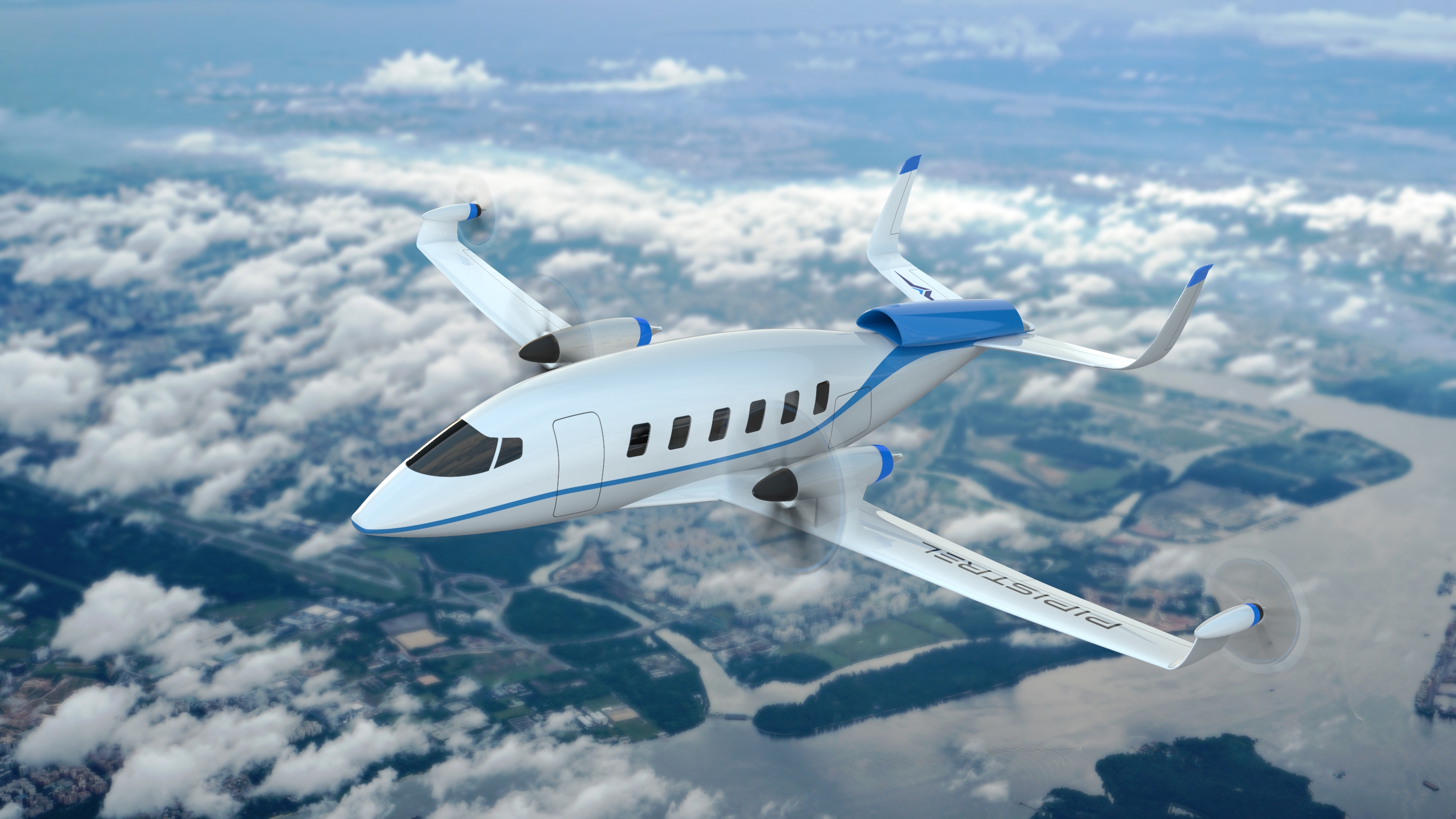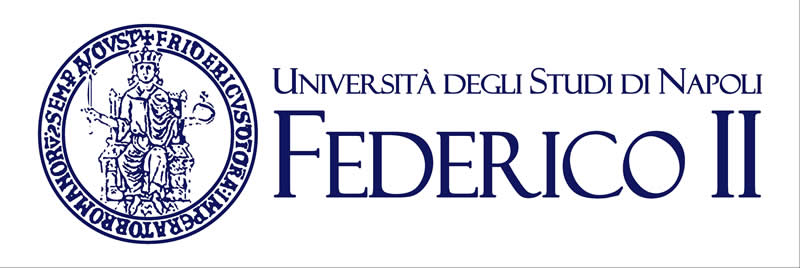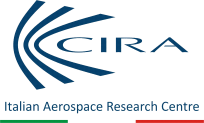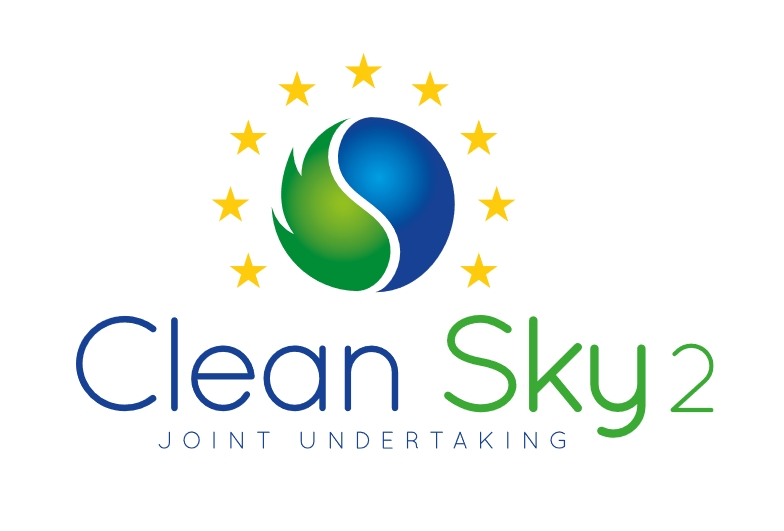Multifunctional aircraft components with integrated semi-solid state battery
The European SOLIFLY research project led by AIT develops multifunctional aircraft components with structural and electrical energy storage capabilities.
Pipistrel PVRK-1 Miniliner Concept (c) Pipistrel
Within the framework of SOLIFLY (Semi-SOlid-state LI-ion Batteries FunctionalLY Integrated in Composite Structures for Next Generation Hybrid Electric Airliners), the AIT Austrian Institute of Technology, together with its partners, the aeronautics research centers ONERA and CIRA, the Universities of Vienna and Naples, and the SME CUSTOMCELLS Itzehoe, will be conducting research on the development of special aircraft components which are built into the supporting structure while also serving as electrical energy storage devices. The aim is to support the sustainable electrification of aviation: Through the multifunctionality of these components, an increase in overall system efficiency is to be achieved, for example weight reduction through integration of decentralized energy storage systems
On the way to zero-emission aviation
Against the backdrop of climate change, air travel is coming under increasing criticism. According to a recent international study by the International Energy Agency (IEA), aviation contributes around 2.5 percent of global anthropogenic CO2 emissions. Assuming that aviation remains the fastest-growing transport sector despite the decline caused by the Corona crisis, there is therefore an urgent need for action, if aviation is to do its part in meeting the goal of climate neutrality by 2050 as enshrined in the European Green Deal.
As in road transport, a shift is also taking place in aviation from traditional fossil fuel-powered propulsion systems to increasingly electric propulsion solutions. The goal is to increase energy efficiency and switch to renewable energy sources, thereby reducing the environmental impact of the next generation of aircraft – all the way to the complete decarbonization of aviation. In this context, the AIT Austrian Institute of Technology supports the European aviation industry with technological solutions for the development of "Hybrid Electric Aircraft".
Multifunctional components with integrated semi-solid state battery
Energy storage systems that meet the demands of aeronautics play a central role in the electrification of aircraft. For example, batteries with high energy density are needed that also meet the highest safety standards. Novel solid-state batteries made of active materials with high energy densities and solid, non-flammable electrolytes exhibit these properties. Currently, solid-state batteries are mainly developed for automotive applications, but their actual market introduction is not expected before 2025. The development of aviation-grade battery technologies and systems for passenger aircraft is currently still in its very early stages and is being driven forward in several European research projects with AIT’s participation (IMOTHEP and ORCHESTRA).
The goal of the SOLIFLY project is to develop multifunctional structural components with integrated semi-solid state batteries for aeronautical applications, thus making structural batteries a viable technology for the next generation of (hybrid) electric aircraft.
Within SOLIFLY, two different scalable battery cell concepts are to be developed and combined: on the one hand, so-called Coated Carbon Fibres (CCF/carbon fibres coated with active material), which intrinsically store energy, and, on the other hand, thin battery cells that are installed into the carbon composite structure (Reinforced Multilayer Stack/RMS). Subsequently, both cell concepts will be scaled up to a representative aerospace-grade component (a stiffened panel) to demonstrate the electrochemical and mechanical properties of the developed structural battery technology.
Involvement of the aviation industry
An aspect that SOLIFLY focuses on is to closely link technological development to the actual needs of the aviation industry. To ensure this, the expectations and specifications of the aircraft manufacturers are incorporated into the design process from the very beginning, taking into account airworthiness and production requirements. A technology roadmap and a technology readiness level scale-up strategy are project outcomes which ensure that the inherently scalable processes can actually be industrialized.












